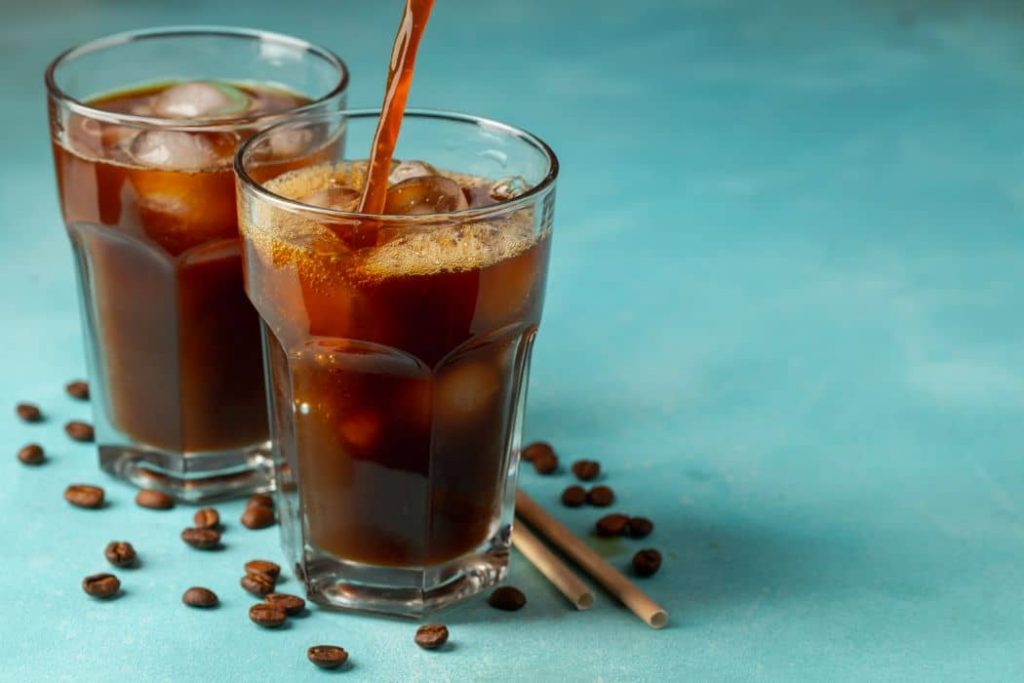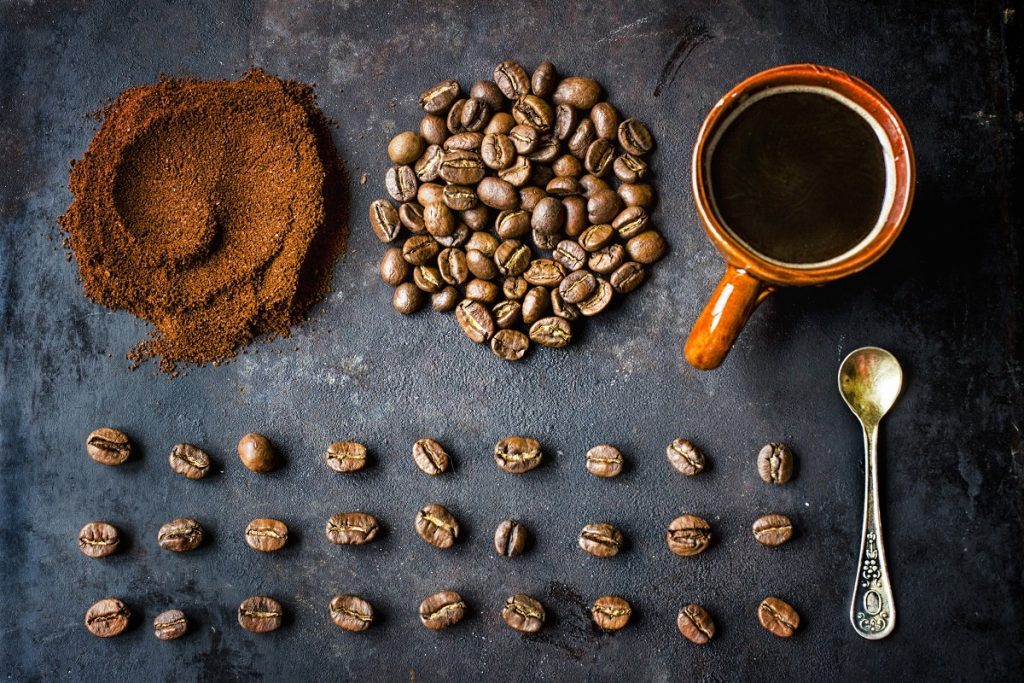
Understanding The Bitter Taste In Coffee: Bitterness or bitterness has become a popular feature of coffee. Most of us know that excellent coffee must strike a balance between whole, sour, sweet, astringent, and a variety of other flavors. But why is coffee so bitter at the end of the day? What is the best way to keep this trait in the mixture to a minimum?
So join Helena to learn about Understanding the bitter taste in coffee. Although caffeine is the most well-known bitter component in coffee, it generally accounts for less than 10% of the bitter flavor (Clarke & Macrae, 1988).
Even decaffeinated coffee has a bitter taste to it. On the other hand, decaffeinated coffee does not affect customers’ perceptions of bitterness; therefore, other components are always thought to be more crucial in producing the bitter taste of coffee.
A chemical reaction causes bitterness in coffee
Most people believe that the tongue is split into several zones, each responsible for tasting sweet, salty, sour, and bitter flavors. Bitterness, on the other hand, felt across the tongue. This is because most of the tongue’s receptor cells can take part in the reaction that causes the “bitter” sensation.
The second discovery concerning bitterness in coffee is that it is caused by various chemicals, the majority of which have no chemical structure in common with caffeine. Phenols, flavonoids, catechins, CGA acids, and caffeine are familiar names.
Caffeine is an alkaloid that not only stands out with its bitter taste but also provides a wide range of other complex flavors and is the source of coffee’s “attractiveness” or simply “addiction.”
Chlorogenic acid is a bitter acid
Chlorogenic acids are the second component that creates bitterness in coffee, in addition to caffeine (we often call them CGA). Chlorogenic acid does not contain chlorine, despite its name, the “Chloro” root. The name is derived from the Greek term meaning “bright green.”
As a result, CGA has a significant impact on the sensory aspects of coffee color. Here are some CGA-related notes to keep in mind:
- Green coffee beans contain 82 CGA acids; however, only a few isomers, such as 3-CGA, are essential in the bitter flavor.
- Among other plant species, coffee contains by far the highest content of chlorogenic acid, accounting for 6-7 percent in Arabica and up to 10% in Robu.
- CGA is a natural antioxidant, and recent research shows that coffee has a more outstanding antioxidant content than green tea.

CGA degradation reactions are considered pathways leading to the formation of bitter components in coffee. CGA breakdown products (CQAs) have been identified as one of the significant contributors to the bitter taste in coffee.
In particular, typically caffeic acid – is an essential mediator in creating a harsh bitterness reminiscent of the harshness of the strongly roasted Espresso. The structures of these bitter compounds provide strong evidence that they are produced by the oligomerization of 4 released from caffeic acid radicals during roasting.
The sensory science of coffee’s bitter flavor
This effect in sensory evaluation is called a “reference point.” With the same taste, if you perceive it as neutral, it is most accurate, but if you “taste” with a specific flavor “enhanced,” your perception threshold for other flavors also strengthens.
So if you are eating cake, then take a sip of coffee. Then the bitterness you feel will increase significantly compared to if you took a glass of filtered water before.

In addition, when studying more closely about the sensory aspect, you will find that the bitter taste in coffee, in particular, depends on environmental conditions. The same coffee if you enjoy it on the beach at the top of the mountain with the bartender, the taste and bitterness are also entirely different.
A variety of factors influence the bitterness of coffee
Many people do not like to drink coffee because it is bitter. Vietnamese coffee is more painful than coffee consumed abroad. Sometimes, the bitterness overwhelms all other flavors you can recognize.
It is even more heartbreaking to drink “cold” coffee like the “black ice” style at roadside cafes. So it can be said that a large part of the bitterness we perceive comes from the way we drink coffee.
Source
Most of us know that Robusta coffee is much more bitter than Arabica coffee from the seed source. This is explained by Robusta’s higher natural caffeine and chlorogenic acid content. Specifically, Robusta’s amount of chlorogenic acid accounts for an average of 10% of the dry weight (2% more than Arabica). At the same time, Robusta has nearly twice the caffeine content of Arabica.

However, the seed source is not always the deciding factor. In 2006, Adriana Farah and Carmen Marino Donangelo published a study on phenolic compounds in coffee in The Brazilian Journal of Plant Physiology and came up with the results.
In addition, common factors such as seed source, environmental conditions and cultivation, and care also significantly affect chlorogenic acid composition in green coffee beans and determine the final taste of coffee.
Roasting process
As mentioned before, Chlorogenic Acid is a significant contributor to the bitter taste in coffee. Still, the word “acid” itself suggests that this acid is not upset in the first place.
But only when undergoing the roasting process will CGA break down into quinic acid and caffeic acid, these two phenolic compounds that contribute to the bitterness and body of the coffee. So, in the roasting levels of coffee from Light, Medium, to Dark, Light will be higher.

Melanoidins are the most recently investigated chemicals in the science of coffee bitterness. They are generally very complex, and their chemical structure is still unknown, although it is estimated that up to 30% of these compounds can be found in roasted coffee beans.
What can I do to make the coffee taste less bitter?
After the above chemical knowledge, maybe you need to buy high-quality Arabica coffee that is lightly roasted to enjoy without feeling too bitter quickly. It is unnecessary to do so because, in the preparation process, we have a lot of “variables” to adjust the bitter taste accordingly, such as brewing equipment, grind size, water temperature, time…

- First of all, each type of mixing equipment always requires a different “fineness.” When the coffee is ground too fine, the total surface area in contact with the water increases, so more flavor can be extracted, but at the same time, the bitterness increases. In general, Pour over tends to be less bitter than Steepig techniques such as French Press or Aero press, and in the end, EspresEspressoike a medicine.”
- The next thing is to check the water temperature when dispensing. The hotter the water, the more the aroma compounds, including bitter taste, will be extracted. If it feels too upset, you can try using water that is “a few degrees cooler.”
- Finally, the extraction time, the more negative tastes you will get, including bitterness later in the extraction process.
To drink less bitter coffee
As for enjoying, drinking coffee while it is still hot will help you feel the taste better. The ingredients in coffee are still constantly changing and have not settled down.
So the acidity and other flavors will overwhelm the bitterness of the coffee. Finlly, bitterness isn’t always a bad thing. If your coffee doesn’t taste bitter, it’s not coffee at all!
Reference source:
- www.perfectdailygrind.com/ Bitterness in Coffee: What Is It & Is It Always Bad
- www.compoundchem.com/ Why is Coffee Bitter? – The Chemistry of Coffee
- www.coffeechemistry.com/ Chlorogenic Acid